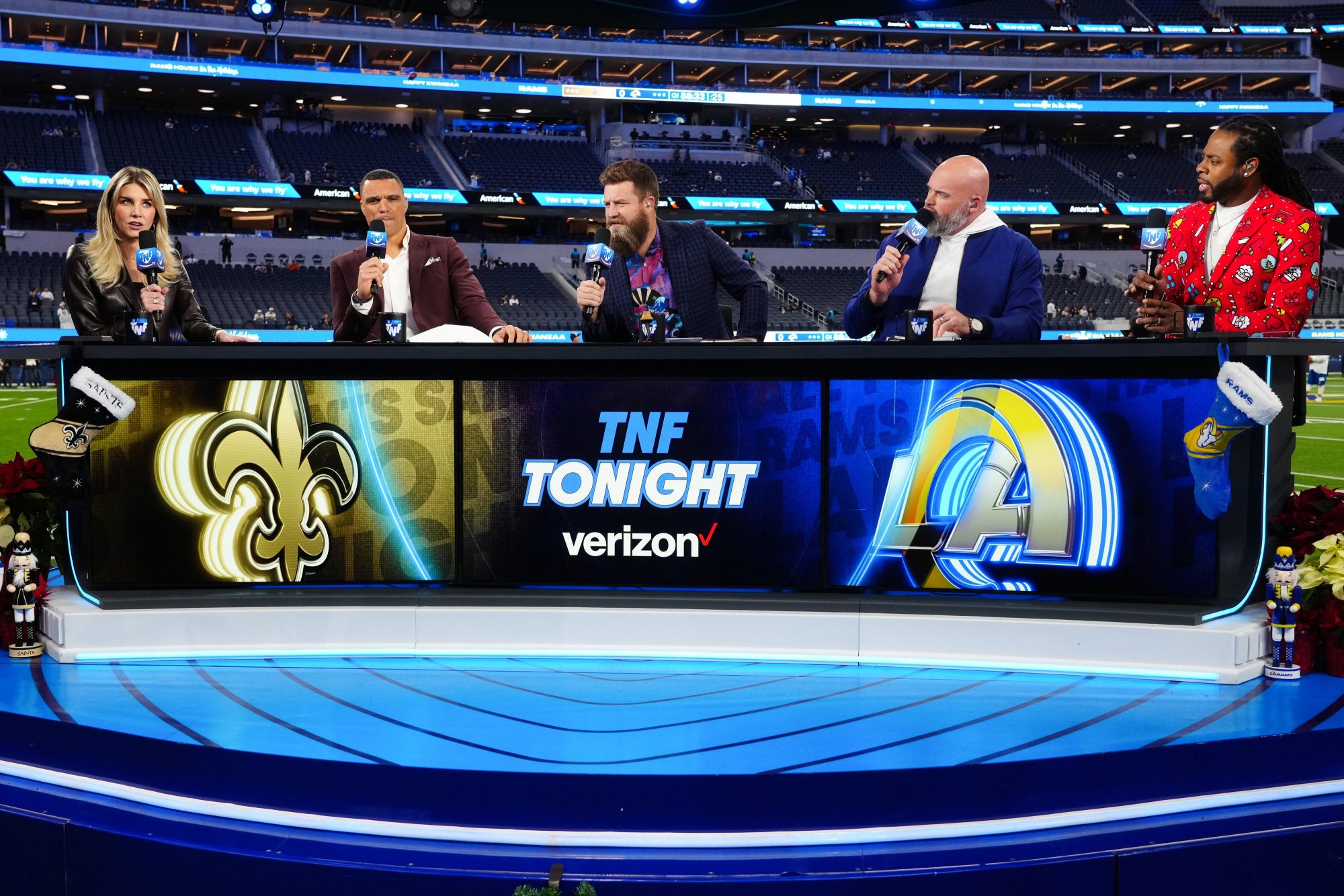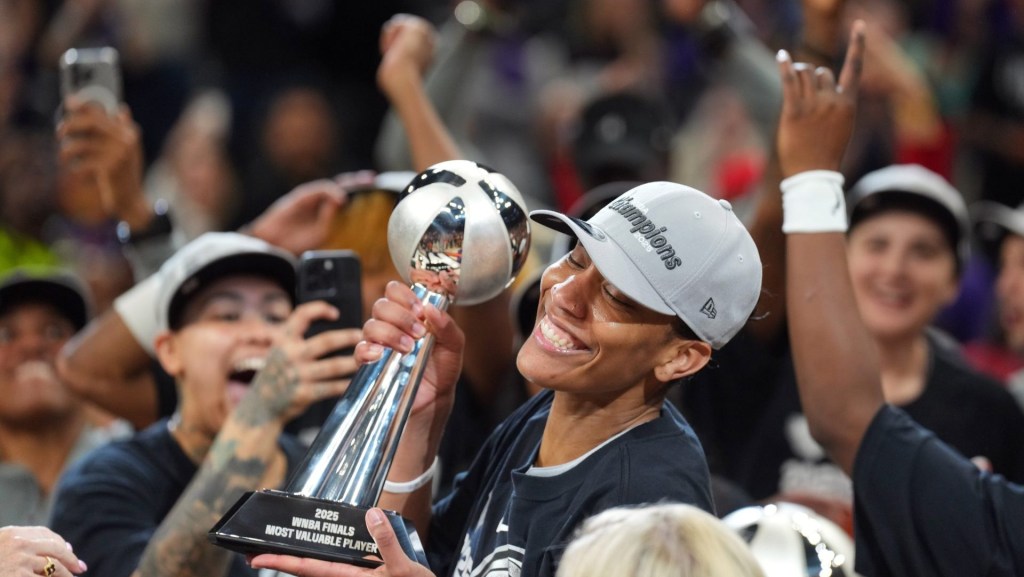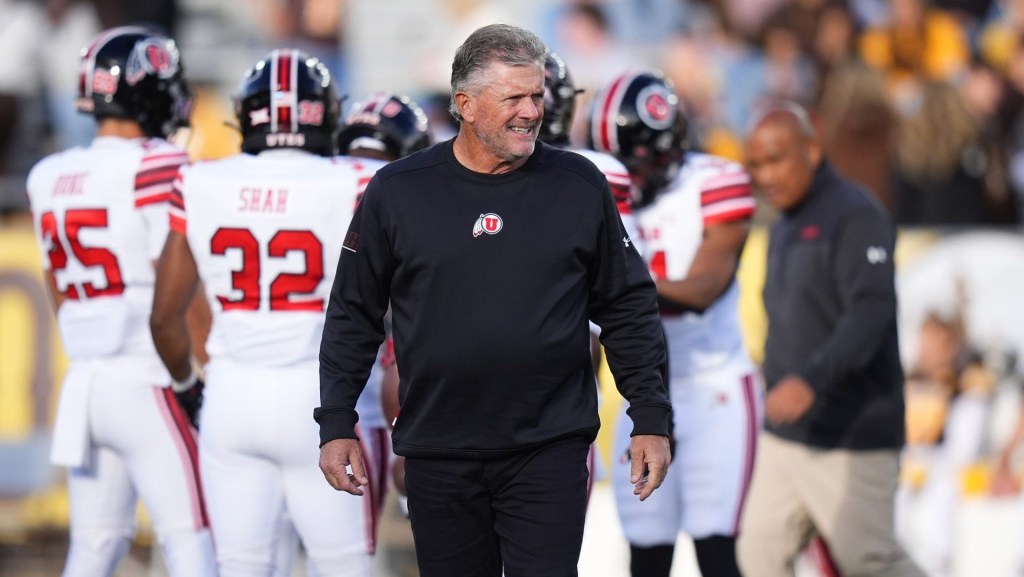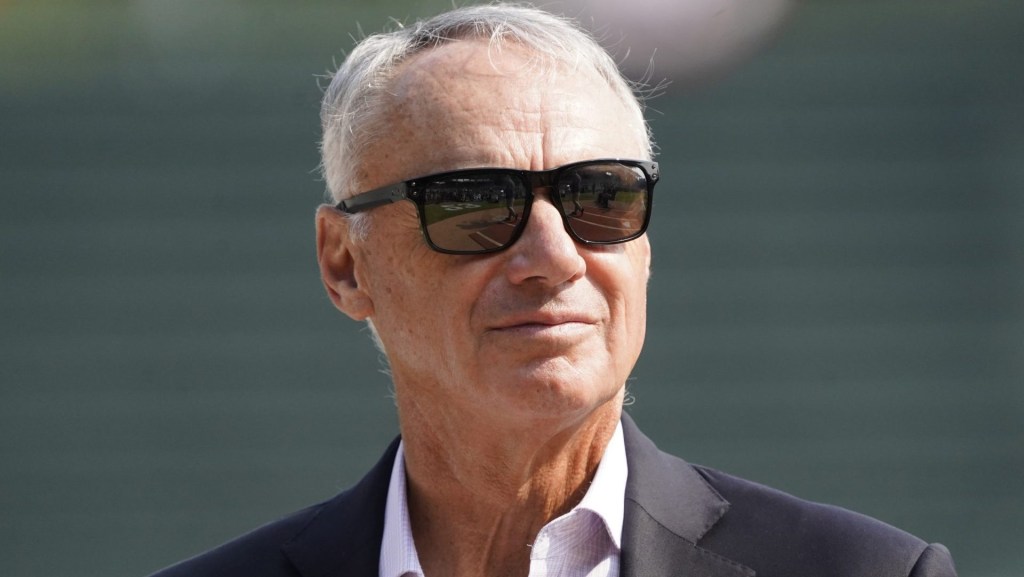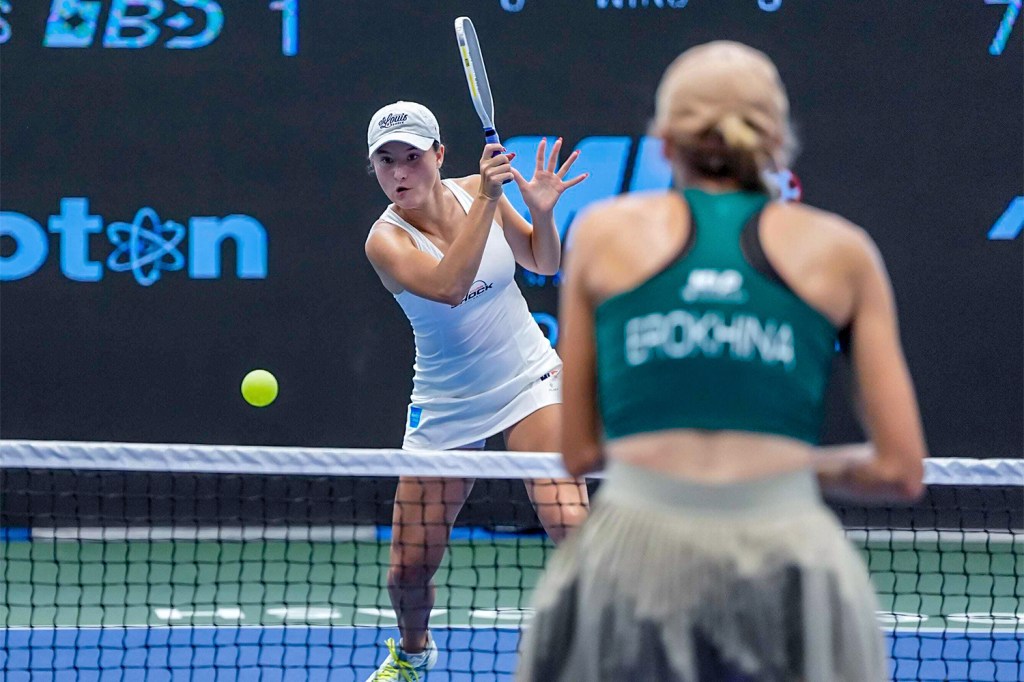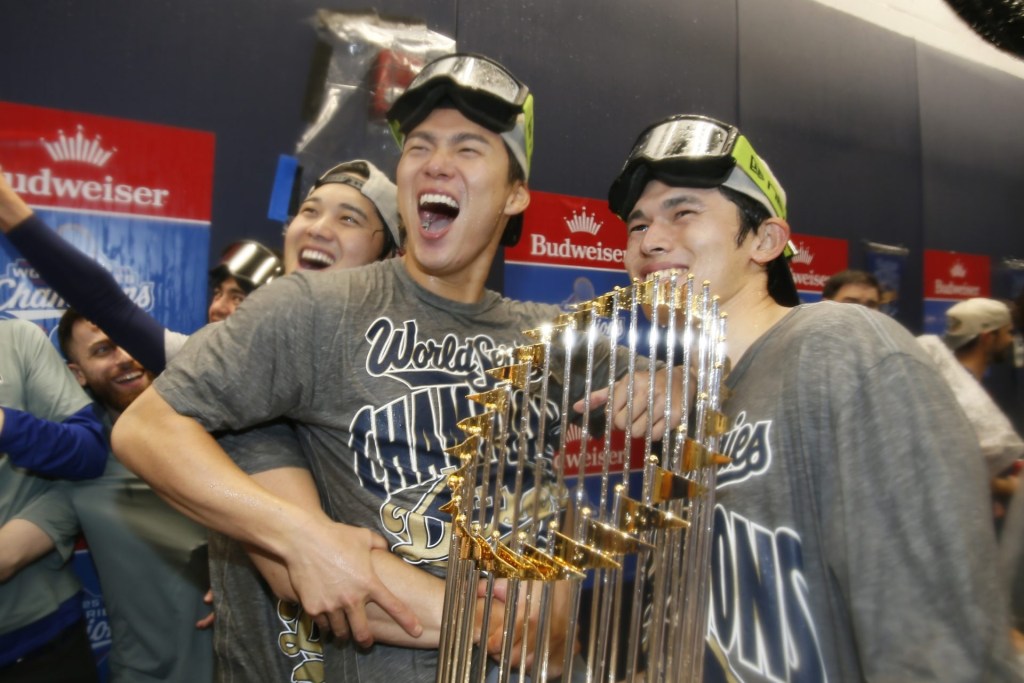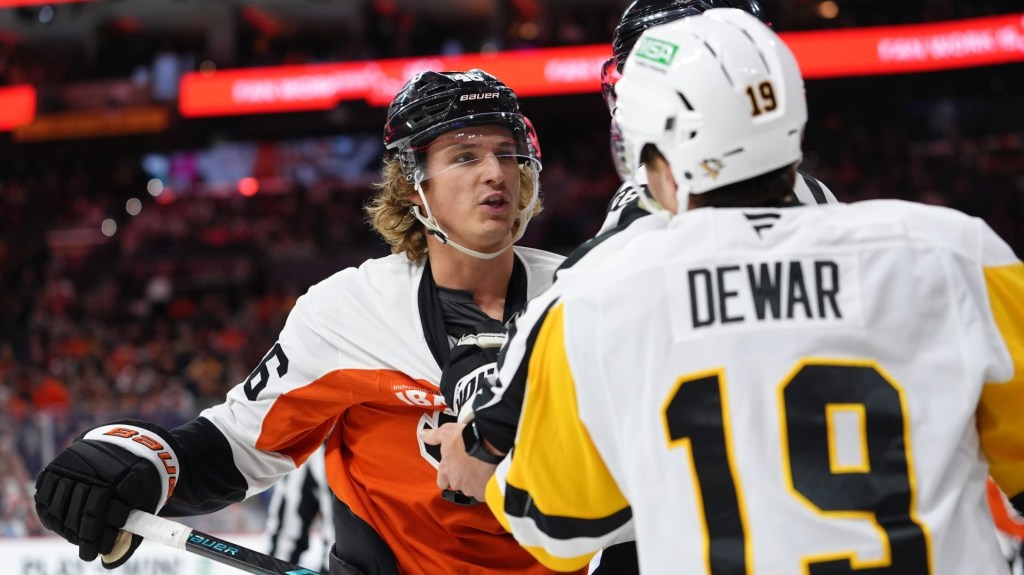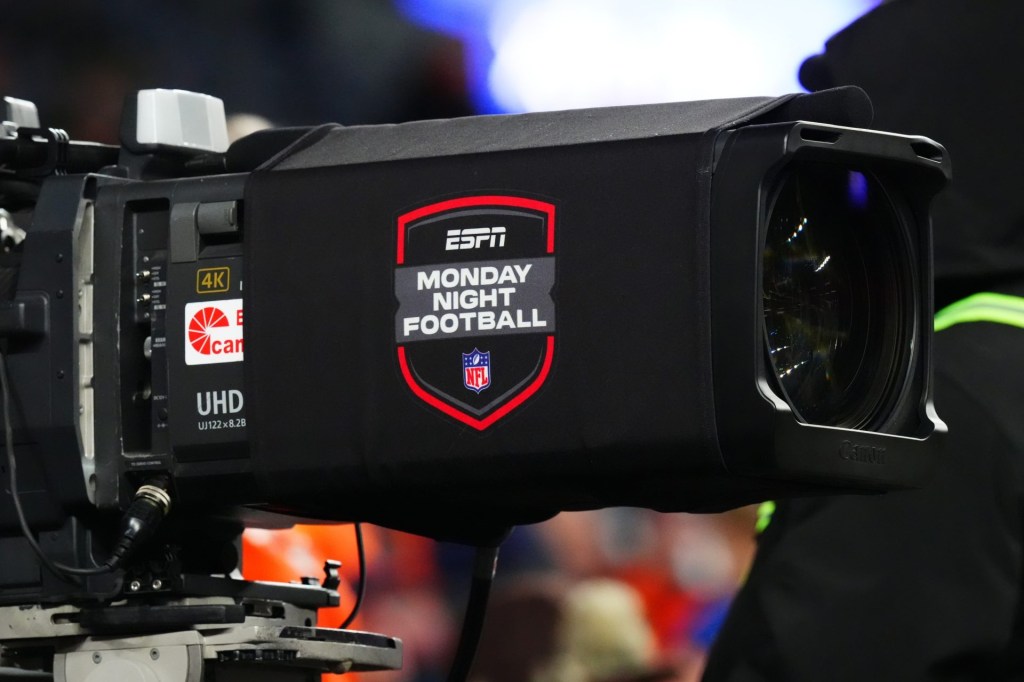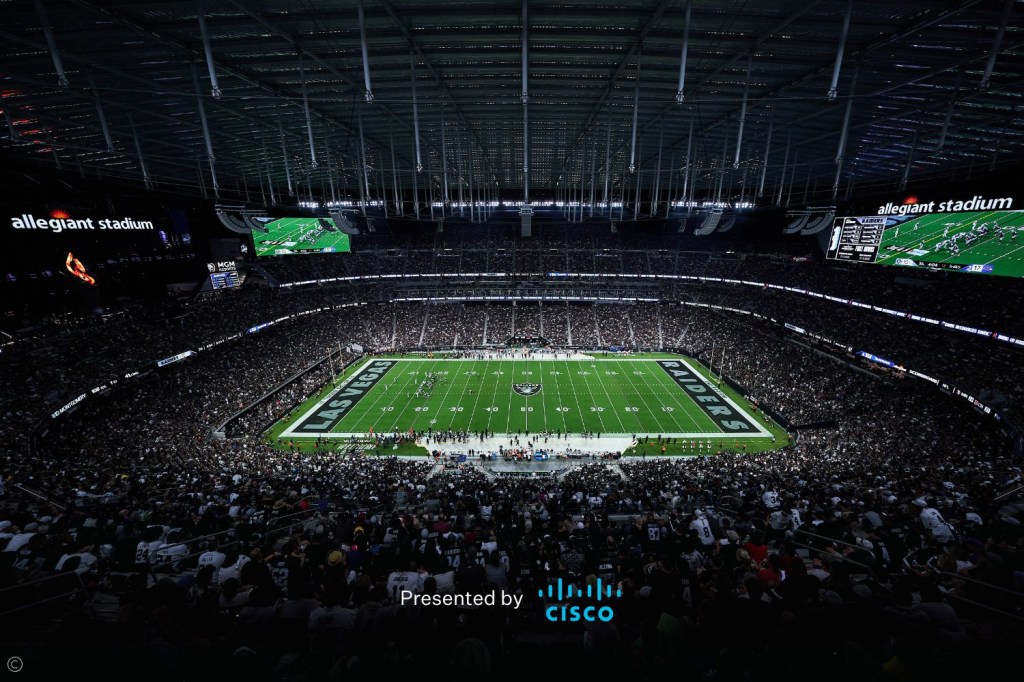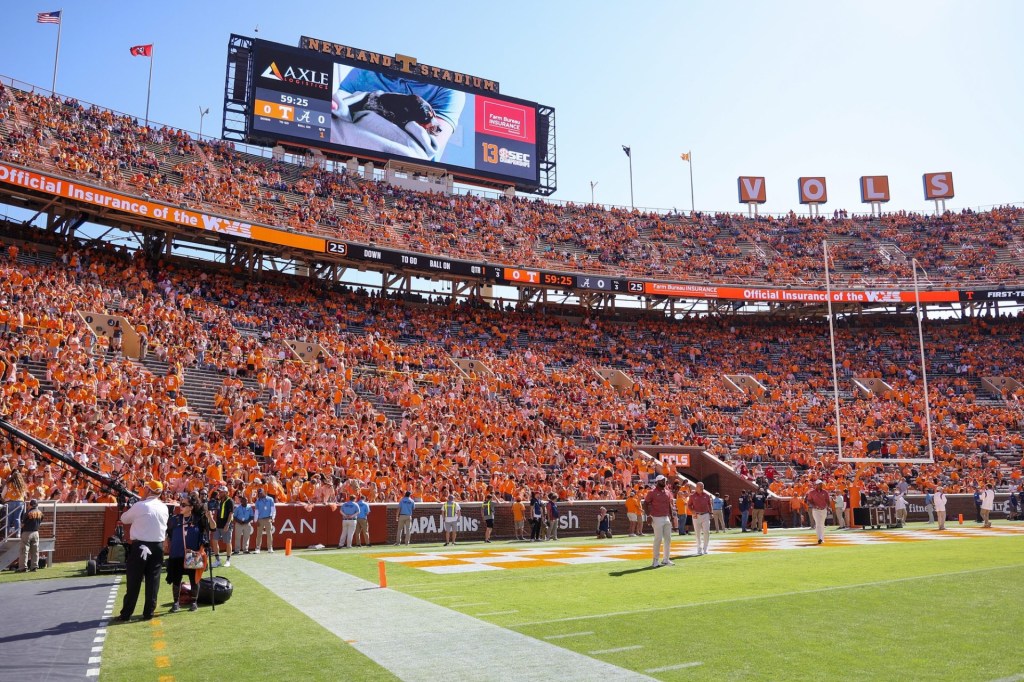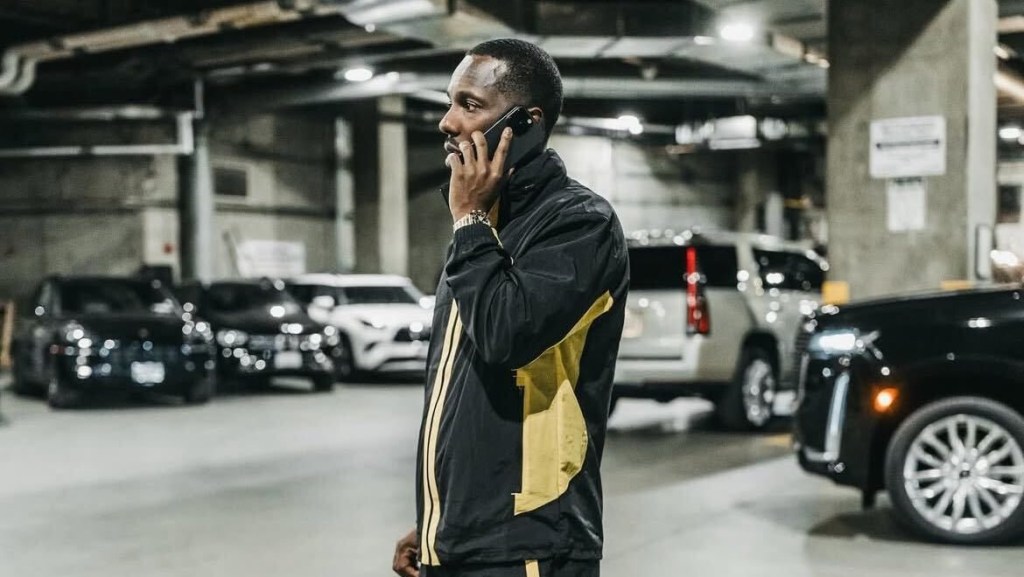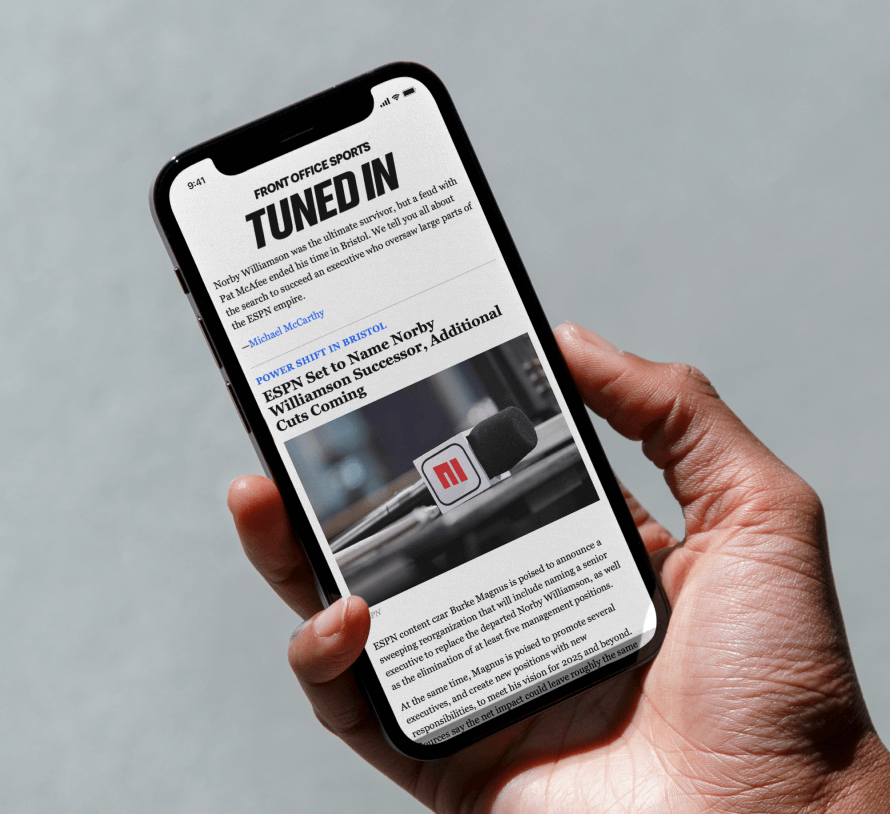The NBA’s 11-year, $77 billion deal with Disney’s ABC/ESPN, Amazon Prime Video, and Comcast’s NBC Sports will go down as easily the biggest media-rights story of 2024. But another potential soap opera is building and could become very dramatic in 2025: TV network executives are increasingly resentful toward the NFL for giving Amazon Prime Video what they believe is favored status.
Under the 11-year, $111 billion media-rights deal signed by the NFL in 2021, the league splits live game rights among five rival entities: Paramount Global’s CBS Sports, Disney’s ESPN and ABC, Comcast’s NBC Sports, Fox Corp.’s Fox Sports, and Amazon. That’s four legacy media giants and one giant streamer, albeit one with more than 200 million subscribers.
As recently as five years ago, traditional linear networks did not want Thursday Night Football because it received the weakest game schedule. But during its three-season run as TNF’s exclusive streamer, Prime’s schedule appears to have gotten better.
Prime’s 17-game schedule this year features 12 divisional matchups, including a game the Super Bowl champion Chiefs won 19–17 over the rival Raiders on Black Friday. Sure, Prime got a Christmas turkey last week with the Rams’ 12–6 NFC West snoozer over the 49ers. But that was a good matchup on paper, and one week before, Jay Marine’s Prime also had one of the best games of the year: the Lions’ thrilling 34–31 win over NFC North rival Packers.
All of these divisional clashes drove ratings momentum for Prime this season. Football viewers are typically more interested in divisional brawls between longtime rivals than intra-division or AFC vs. NFC matchups.
Doing the Math
With just two regular-season games left on its schedule, TNF is averaging 13.51 million viewers. That’s up 12% from the same point in 2023 (12.1 million)—and a whopping +41% over the 2022 full-season average (9.58 million).
The Lions-Packers nail-biter on Dec. 5 averaged a broadcast TV–worthy 17.29 million viewers, up 61% over the comparable game last season. It shattered Prime’s previous record for the most-watched TNF tilt—the Cowboys-Giants NFC East matchup on Sept. 26—by more than a million viewers.
“The NFL has slanted so far in the direction of [Prime], it’s not even funny,” an executive at a network that airs NFL games told Front Office Sports.
As salt in the wound for the TV networks, Amazon is paying the lowest amount in annual rights fees. Prime pays $1 billion a year for TNF. CBS, NBC, and Fox are on the hook for roughly $2 billion annually, and ESPN pays $2.7 billion.
Meanwhile, the strong schedule is also driving ratings for TNF’s pre- and post-game shows. Even without a lead-in, the TNF Tonight pregame show is averaging 1.60 million viewers, while the TNF Nightcap show is pulling 2.06 million. All the professional leagues are desperate to attract younger viewers. From the beginning, Prime has demonstrated an ability to attract viewers nearly seven years younger on average than its linear rivals. Through Week 15, TNF is drawing an NFL-best 2.7 million adult viewers under 35 years old per game.
“The youth angle is one of the reasons the [NFL and NBA] are excited about Amazon,” said a source with knowledge of the situation. “They’re the next generation of fans.”
NFL commissioner Roger Goodell and NFL programming czar Brian Rolapp don’t like their TV partners fighting among themselves. But some traditional TV executives can’t help but speculate on what they believe to be the business strategy behind the NFL’s alleged favoritism toward Prime. Not to mention the juicy Christmas Day doubleheader the league sold to giant streamer Netflix for Christmas Day: Chiefs-Steelers and Ravens-Texans.
Given the bag secured by NBA commissioner Adam Silver this year, it’s expected the NFL will exercise an early opt-out clause on the league’s current media deals in 2029. (That clause impacts all media partners except Disney, which would be added a year later, according to Alex Sherman of CNBC.)
“The NFL’s trying to create leverage for when it opts out. It’s hard to project who will have the billions to pay them in 2030. So the NFL wants the streamers on the hook for the next deal,” notes another TV executive. “They want Prime to do well—so they can go to Netflix, Apple, and Google and say, ‘Look how successful Amazon is.’”
Most Favored Networks
This debate isn’t new. TV executives have been griping about the NFL’s favoritism toward Amazon all season (See John Ourand’s previous column in Puck News here). The problem for NFL TV partners is that the league has leverage. The NFL can giveth and it can taketh away when it comes to marquee games.
For years, ESPN was in the doghouse, generally getting the worst schedule. Then incoming chairman Jimmy Pitaro made it his first priority to improve the network’s relationship with the NFL league office. It worked. ESPN’s schedule improved.
Chris “Mad Dog” Russo went on a rant on ESPN’s First Take this week, wondering why CBS ended up with Dolphins vs. 49ers, two 6–8 clubs, in its marquee 4:25 p.m. ET time slot on Sunday. Did CBS “garbage” matchups this weekend have something to do with the retirement of longtime boss Sean McManus? “What did the new CBS president David Berson do to Roger Goodell?” asked Russo.
There’s always an element of luck to game schedules, too. A matchup that looks fantastic on paper in September can turn into a Christmas turkey in December. And Prime might argue its Thursday slot makes it much tougher for the NFL to flex out bad matchups. Last night’s Broncos-Chargers AFC West divisional clash was Prime’s first game flexed into TNF.
One TV executive dismissed the complaints as “champagne problems.” After all, it was the legacy networks that passed on TNF as a money-losing prospect a few seasons ago. The linear networks can always console themselves that they still have NFL games: the gold standard for all entertainment programming.
As another TV executive said: “We all love our schedules in May. But then the season unfolds, and teams like the Jets, Bengals, and 49ers either don’t perform or don’t stay healthy. Even with flex scheduling, there’s a luck factor.”
